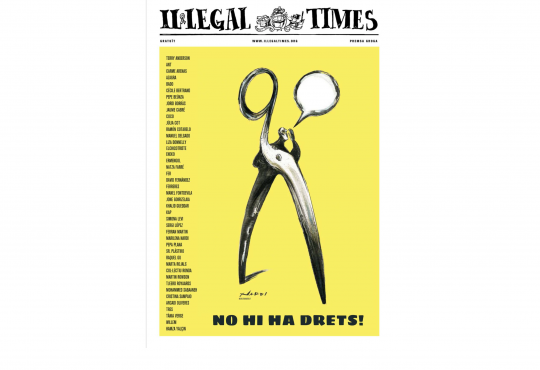Given the ubiquitousness and centrality of the Internet in American culture, it seems prudent to learn why, between 2000 and 2006, the U.S. dropped from fifth to 22nd in network speed, affordability and availability, when younger countries have universal coverage and speeds many times our own. Although appearances would suggest this country’s broadband exists in an unchanging state, it results from decades of policies and regulations that have led to the modern high-priced oligopoly unrecognizable by the intended market.
The Federal Communications Commission (FCC) began crafting a regulatory structure in the early 60s, but it was not until 1966 with the Computer Inquiries that they began laying down a structure that would protect the nascent Internet as an open and competitive platform. As former FCC Senior Counsel Robert Cannon describes, these inquiries formalized the FCC goal of “promoting economic growth and innovation in the computer services market” by recognizing that “telephone companies (owners of the Internet’s infrastructure) had both the ability and incentive to act in an uncompetitive manner.”
It should be noted that these policies were met with widespread approval by both parties who, over the next 30 years, began replacing the old regulatory structure with pro-competition policies. It was enforcement of these competitive regulations that allowed the Internet to develop into a diverse, high-speed communications network, without which the market concentrates and stagnates such that service improvement and network expansion cease to be a priority.
The path to present-day stagnation began with the passage of the 1996 Telecommunications Act, a document that, while devastating to the traditional media of newpapers, televison and radio, drew heavily from the Computer Inquiries to formalize a pro-competition legal framework within the telecommunications market.
During the signing ceremony, President Clinton described a “truly revolutionary” document that would “protect consumers against monopolies” and promote competition such that “you’ll be able to order up every movie ever produced or every symphony ever created in a minute’s time” (Library of Congress 1996).
They were stirring words, and the act even included a number of provisions reforming the universal service program in favor of full access and affordability (Telecommunciations Act, 1996).
This utopia of sorts persisted for a short time following ratification, with dial-up spreading to nearly every U.S. household and prices falling in response to vibrant ISP competition. Yet within a brief time, in response to intense lobbying by the telecommunications industry, district courts and the FCC began eliminating many of the Act’s essential safeguards (McChesney 2004). While this prepared a stage for the monopolistic and stagnant Internet market of today, it was not until 2001 that the crisis reached full swing, when George W. Bush appointed Michael Powell as the FCC Commissioner.
It is ironic that, given the stated goal of the Telecommunications Act was “to preserve the vibrant and competitive free market that presently exists for the internet” (Telecommunications Act 1996), Schejter describes in …And Communications for All how beginning in 2001, pro-competitive regulations such as ownership limits, nondiscrimination and open access were abandoned wholesale.
These regulatory changes, including the removal of leasing requirements that mitigated infrastructure costs as well as the allowance of discriminatory pricing, all combined to undo several decades of competitive structure in the telecommunications market.
This was done in spite of several major reports predicting the dangers associated with the monopolization/oligopolization of the communications market.
Indeed, as John Nichols describes in The FCC Scandal, the FCC blocked release of these reports for many years until their release by whistleblowers.
The impact of this deregulation was as predictable as it is apparent, and is the reason why the U.S. lags behind all but seven OECD countries in broadband availability, speed and affordability.






